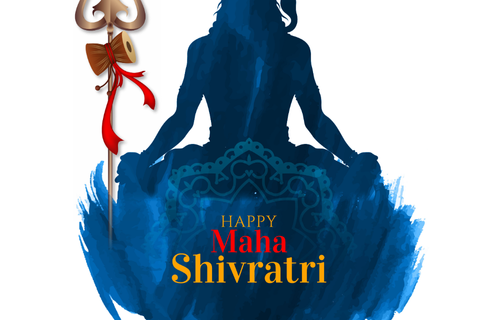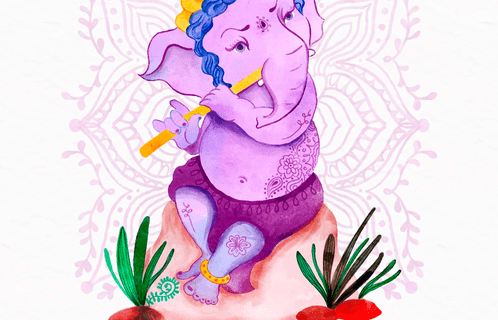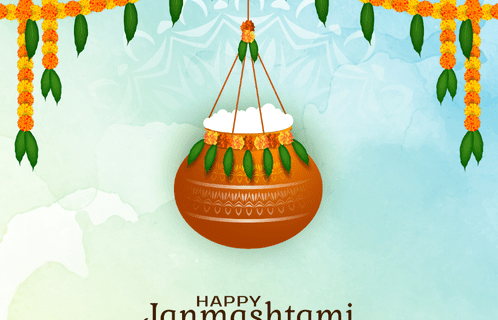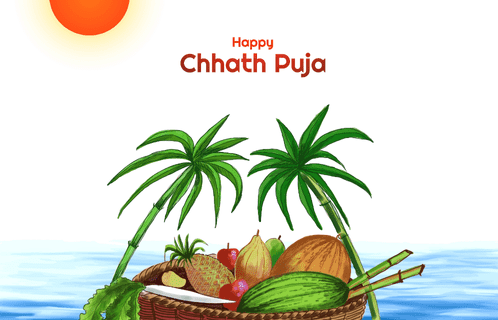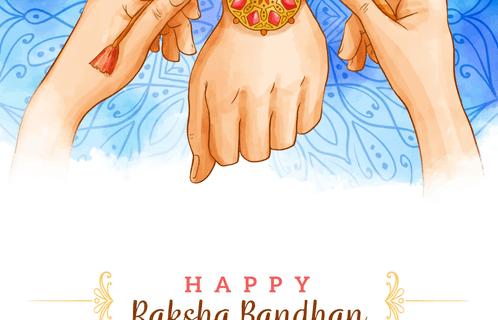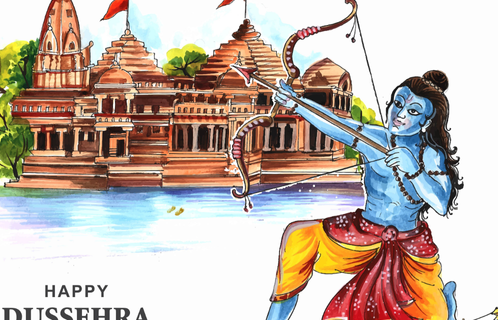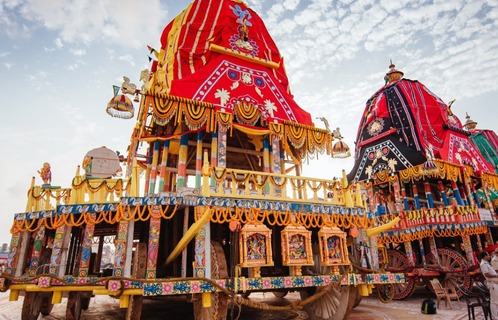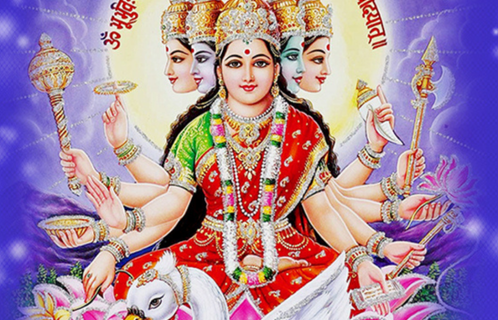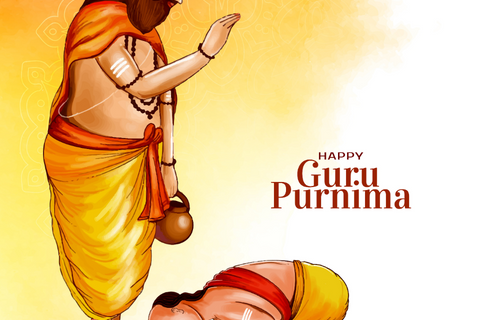Maha Shivaratri
Maha Shivaratri, known as the “Great Night of Shiva,” is one of the most significant Hindu festivals dedicated to Lord Shiva, one of the principal deities of Hinduism. Celebrated on the 14th night of the dark fortnight in the month of Phalguna (February-March), this festival is marked by fervent devotion, intense fasting, night-long vigils, and the chanting of sacred hymns. Maha Shivaratri holds immense spiritual significance for Hindus, symbolizing the overcoming of darkness and ignorance in life and the universe. Mythological Significance Maha Shivaratri is steeped in various myths and legends that explain its significance: Marriage of Shiva and Parvati: According to popular belief, Maha Shivaratri marks the wedding day of Lord Shiva and Goddess Parvati. Their union represents the convergence of divine energies and the balance of the cosmic principles of masculine and feminine. Samudra Manthan (Churning of the Ocean): Another legend relates to the churning of the ocean by the gods and demons to obtain the nectar of immortality (Amrita). During this process, a deadly poison called Halahala emerged, threatening to destroy the universe. Lord Shiva consumed this poison to save the world, holding it in his throat, which turned blue, giving him the name Neelkanth. Maha Shivaratri is celebrated to honor this act of supreme sacrifice. The Legend of Lubdhaka: A less-known legend speaks of a tribal man named Lubdhaka, who was an ardent devotee of Shiva. One night, while lost in a forest, he took refuge in a Bel tree, plucking its leaves and dropping them as an offering to a Shiva Lingam beneath the tree. Unknown to him, it was Maha Shivaratri, and his devotion pleased Lord Shiva, who blessed him. This story underscores the importance of sincere devotion and faith. Rituals and Practices The observance of Maha Shivaratri involves a series of profound rituals and practices that devotees undertake with great reverence and devotion: Fasting: Devotees observe a strict fast on Maha Shivaratri, abstaining from food and water. Some partake in a partial fast, consuming fruits, milk, and non-cereal items. The fast is believed to purify the mind and body, making one more receptive to spiritual experiences. Night-long Vigil (Jagaran): Devotees stay awake all night, engaging in prayers, meditation, and chanting of Shiva’s names and mantras. Temples and homes resonate with the chanting of “Om Namah Shivaya” and other hymns, creating an atmosphere of intense devotion. Rudra Abhishekam: One of the central rituals of Maha Shivaratri is the Abhishekam, the ceremonial bathing of the Shiva Lingam. The Lingam is bathed with various substances like milk, honey, ghee, curd, water, and bel (bilva) leaves, each representing different aspects of the universe and the devotee’s offerings to the Lord. Offering of Bel Leaves: Bel leaves are considered highly auspicious and are a crucial part of Shiva’s worship. Devotees offer these leaves to the Shiva Lingam, believing that each leaf represents a sacred scripture and the trinity of Brahma, Vishnu, and Shiva. Lighting of Lamps: Lighting lamps and candles is another significant aspect of the rituals. The illumination symbolizes the dispelling of darkness and ignorance, and the ushering in of divine light and knowledge. Listening to Shiva Purana: Many devotees spend the night listening to stories and teachings from the Shiva Purana, which recounts the glories and adventures of Lord Shiva. These stories inspire and strengthen the faith of the devotees. Spiritual Significance Maha Shivaratri is not just a festival of rituals but a profound spiritual event that holds deep meaning for the devotees: Overcoming Darkness and Ignorance: Maha Shivaratri signifies the triumph of light over darkness and knowledge over ignorance. Staying awake all night symbolizes the inner awakening and enlightenment that Shiva bestows upon his devotees. Purification and Self-discipline: The fasting and vigil observed during Maha Shivaratri serve as a form of self-discipline and purification. They help in controlling the desires of the mind and body, leading to spiritual growth and development. Union of Shiva and Shakti: The festival symbolizes the union of Shiva (consciousness) and Shakti (energy). This union is the basis of creation and is celebrated as the cosmic dance of the universe. Path to Liberation (Moksha): Maha Shivaratri is considered an auspicious time to seek Shiva’s blessings for liberation from the cycle of birth and death. Devotees believe that sincere worship and dedication on this night can lead to Moksha. Celebrations Across India Maha Shivaratri is celebrated with various customs and traditions across different regions of India, reflecting the diversity of Hindu culture: Kashi Vishwanath Temple, Varanasi: One of the most prominent celebrations takes place at the Kashi Vishwanath Temple in Varanasi. Thousands of devotees gather to offer prayers and participate in the elaborate rituals. The entire city is adorned with lights, and the atmosphere is charged with spiritual fervor. Somnath Temple, Gujarat: The Somnath Temple, one of the twelve Jyotirlingas, witnesses grand celebrations. Devotees throng the temple to perform Abhishekam and seek blessings from Lord Shiva. The temple complex is beautifully decorated, and the chants of “Har Har Mahadev” resonate in the air. Maha Shivaratri in Kashmir: In Kashmir, the festival is celebrated as “Herath,” reflecting the local traditions and cultural significance. Devotees prepare special dishes and offer them to Shiva Lingams made from clay. The celebration includes night-long prayers and hymns. Shivaratri in South India: Temples in South India, such as the Brihadeeswarar Temple in Tamil Nadu and the Murudeshwar Temple in Karnataka, see grand celebrations. Devotees participate in elaborate processions, cultural performances, and rituals that highlight the rich heritage of the region. Shiva Temples in Maharashtra: In Maharashtra, major temples like the Trimbakeshwar Temple and the Bhimashankar Temple witness massive crowds of devotees. The rituals performed here are intricate and deeply spiritual, reflecting the unwavering faith of the people. Maha Shivaratri and Modern Relevance In the contemporary world, Maha Shivaratri continues to hold significant relevance, transcending mere religious observance. It serves as a reminder of the timeless values and teachings of Lord Shiva: Inner Strength and Resilience: The festival teaches the importance of inner strength and resilience. Just as …

